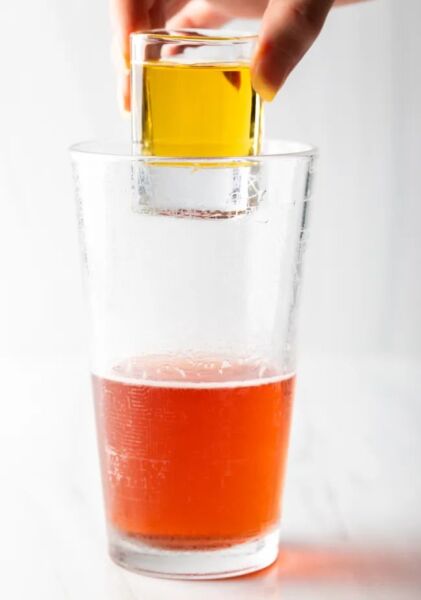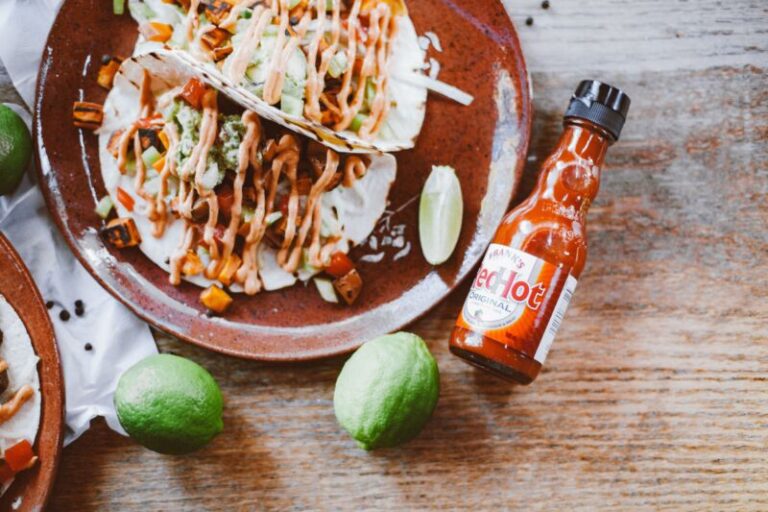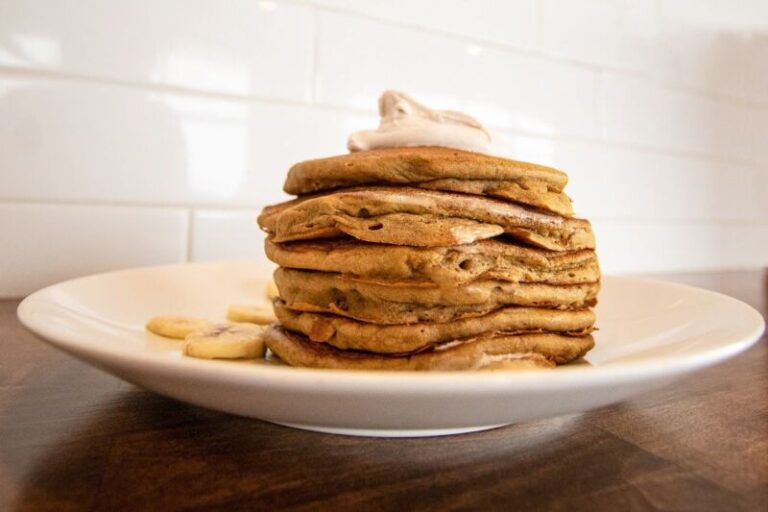How Much Yeast Is In A Packet?
Breadmaking is a delicate art that requires precision and attention to detail. One crucial ingredient that plays a vital role in the process is yeast.
It serves as a leavening agent responsible for freshly baked bread’s airy texture and delightful rise.
However, it is crucial to measure yeast accurately to achieve consistent and successful results.
In this article, we will delve into how much yeast is in a packet, explore the different types of yeast, and provide insights into yeast activation and substitution.
How Much Yeast Is In A Packet?
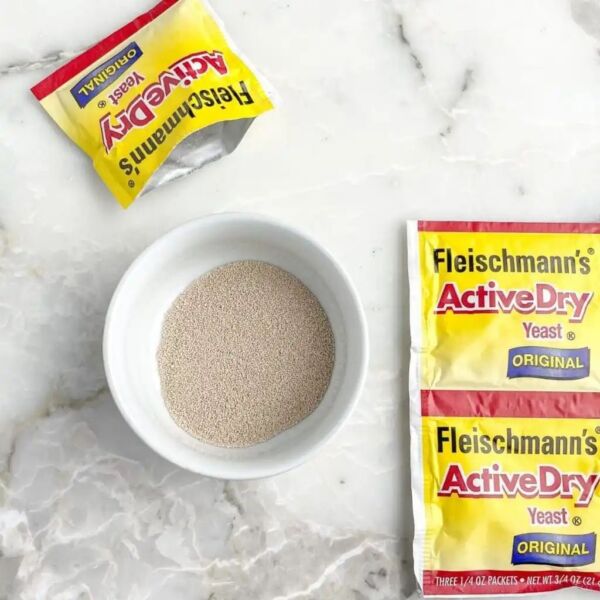
When you purchase a packet of yeast from the store, you will typically find it contains 7 grams or ¼ oz of yeast. This amount is equivalent to approximately 2 ¼ teaspoons.
Accurate measurement of yeast is essential because using too little can result in flat and dense bread. Too much can cause an overpowering yeast flavor and an overly puffy loaf.
By measuring the yeast correctly, you can ensure that your bread rises perfectly and achieves the desired texture.
What is Yeast?
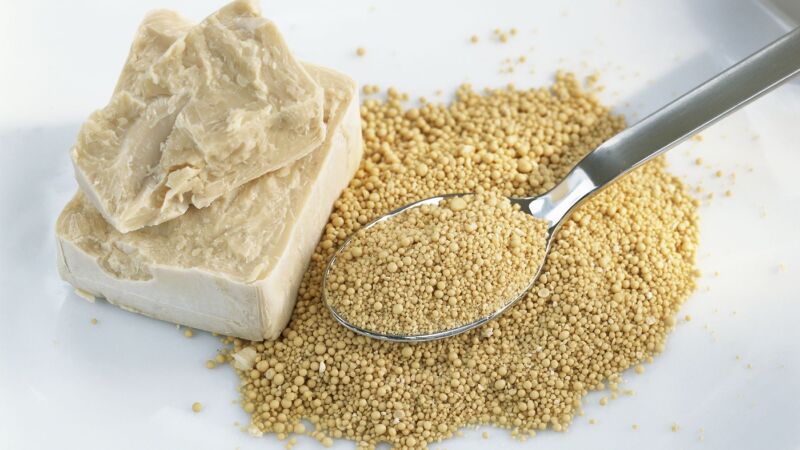
Before we dive deeper into the measurement aspects, let’s understand what yeast is. Yeast is a living microorganism that belongs to the fungus family.
In bread making, it acts as a leavening agent, which helps the dough rise and gives the bread its light and fluffy texture.
Yeast accomplishes this by converting sugars and starches present in the dough into carbon dioxide and alcohol through a process called fermentation.
Yeast vs. Sourdough Starter

While commercial yeast is widely used in bread making, some bakers prefer sourdough bread’s natural and complex flavors.
A sourdough starter is a mixture of flour and water that undergoes fermentation, resulting in a wild yeast culture. This natural occurrence of yeast creates a distinct flavor profile.
While sourdough starter can substitute commercial yeast, it requires different measurements and handling.
It’s essential to follow specific guidelines and adjust the quantities when substituting sourdough starter for commercial yeast.
Yeast vs. Baking Powder vs. Baking Soda

Yeast is not the only leavening agent available in baking. Baking powder and baking soda are commonly used alternatives.
Understanding the distinctions between these leavening agents is important to make the right choices in your recipes.
Yeast is a living organism that requires time to activate and create the desired rise. Baking powder and baking soda, on the other hand, are chemical leavening agents that work quickly without fermentation.
While yeast is ideal for bread and certain pastries, baking powder and baking soda are better suited for cakes, cookies, and other quickbread recipes.
Substituting yeast with baking powder or baking soda may alter the texture and flavor, so it’s advisable to stick to the recommended leavening agent in your recipe.
Types of Yeast – Pros & Cons
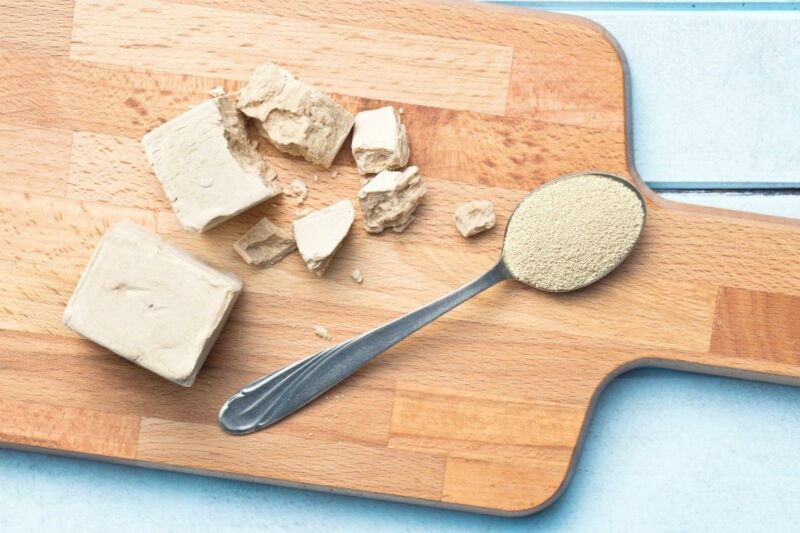
Different types of yeast are available, each with its characteristics and recommended uses.
Instant yeast, or rapid-rise yeast, is a popular choice among bakers due to its convenience. It can be added directly to the dough without the need for activation.
Active dry yeast is another common option, which requires activation in warm water before being used.
Fresh yeast, or cake yeast, has a higher moisture content and a more pronounced yeast flavor.
Each type of yeast has pros and cons, and it’s essential to understand its characteristics and follow the recommended quantities for the best results.
How To Measure Yeast
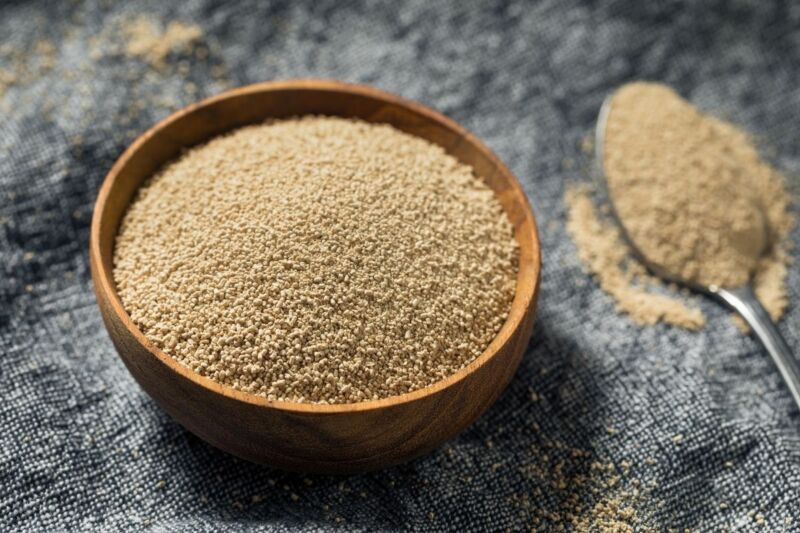
Accurate measurement of yeast is crucial for achieving consistent results in baking. There are two primary methods for measuring yeast.
One option is to use a digital scale to measure the exact weight required.
Alternatively, you can use a teaspoon and the “level it off” method, which involves filling the spoon with yeast and leveling off the excess with a straight edge.
Whichever method you choose, ensure the measurement is precise to maintain the delicate balance of ingredients in your recipe.
Proper storage of unused yeast is also important to maintain its freshness and effectiveness.
Conversion Between Different Types Of Yeast
Recipes often call for different types of yeast, and it’s helpful to know how to convert between them.
There are general rules to follow when substituting fresh, active dry, or instant yeast. For fresh yeast, use three times the weight of active dry yeast or double that of instant yeast.
If a recipe calls for active dry yeast, you can substitute it with an equal amount of instant yeast.
Similarly, if a recipe requires instant yeast, you can substitute it with an equal amount of active dry yeast, but remember to activate it in warm water before using it in your dough.
How Does Yeast Work?
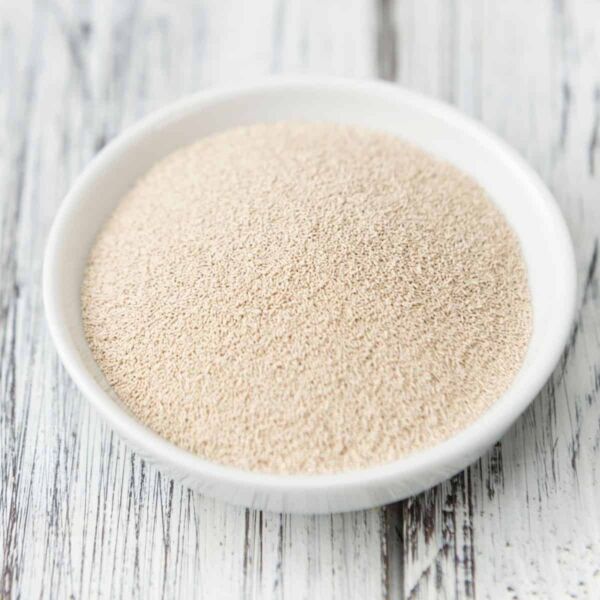
Understanding how yeast works is key to successful breadmaking.
As mentioned earlier, yeast converts sugars and starches into carbon dioxide and alcohol through fermentation.
During bread proofing, the yeast ferments, producing carbon dioxide gas, which creates air pockets in the dough and causes it to rise.
The alcohol produced by yeast evaporates during baking, leaving behind the characteristic aroma of freshly baked bread.
The baking process stops the fermentation, resulting in a beautifully risen loaf with a tender crumb.
How To Activate The Yeast
Active dry yeast and fresh yeast require activation before they can be used in bread dough. Activation involves mixing the yeast with warm water and a small amount of sugar, which provides the yeast with the necessary food to start the fermentation process.
The ideal water temperature for activating yeast is around 105°F to 110°F (40°C to 43°C). Water that is too hot can kill the yeast, while water that is too cold may not activate it properly.
Following the activation process correctly will ensure that your yeast is alive and ready to provide the desired rise to your bread.
Conclusion
Yeast is a fascinating microorganism that plays a crucial role in bread making. Understanding the amount of yeast to use, the different types available, and the proper measurement techniques is essential for successful baking.
You can achieve consistent and delightful results in your bread by accurately measuring yeast, following substitution guidelines, and activating the yeast correctly, you can achieve consistent and delightful results in your bread.
Remember to read recipe instructions carefully and experiment with different types of yeast to find your preferred flavor profile.
With the right knowledge and techniques, you can confidently embark on your breadmaking journey and create delicious loaves of homemade bread.

